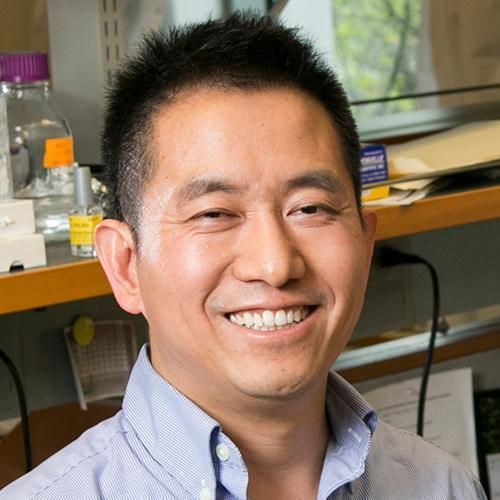
Hybrid (Organic/Inorganic) Electrodes from Bacterially Precipitated CdS for PEC/Storage Applications
Hybrid organic-inorganic compounds are receiving increasing attention for photoelectrochemical (PEC) devices due to their high electron transport efficiency and facile synthesis. Biosynthesis is a potentially low-cost and eco-friendly method to precipitate transition-metal-based semiconductor nanoparticles (NPs) in an organic matrix. In this work, we examine the structure and composition of bacterially precipitated (BAC) cadmium sulfide (CdS) NPs using electron microscopy, and we determine their PEC properties and the energy band structure by electrochemical measurements. In addition, by taking advantage of the organic matrix, which is residual from the biosynthesis process, we fabricate a prototype photocharged capacitor electrode by incorporating the bacterially precipitated CdS with a reduced graphene oxide (RGO) sheet. Our results show that the hydrophilic groups associated with the organic matrix make BAC CdS NPs a potentially useful component of PEC devices with applications for energy conversion and storage. (Graph Presented).
Duke Scholars
Published In
DOI
EISSN
ISSN
Publication Date
Volume
Issue
Start / End Page
Related Subject Headings
- Physical Chemistry
- 40 Engineering
- 34 Chemical sciences
- 10 Technology
- 09 Engineering
- 03 Chemical Sciences
Citation

Published In
DOI
EISSN
ISSN
Publication Date
Volume
Issue
Start / End Page
Related Subject Headings
- Physical Chemistry
- 40 Engineering
- 34 Chemical sciences
- 10 Technology
- 09 Engineering
- 03 Chemical Sciences



